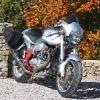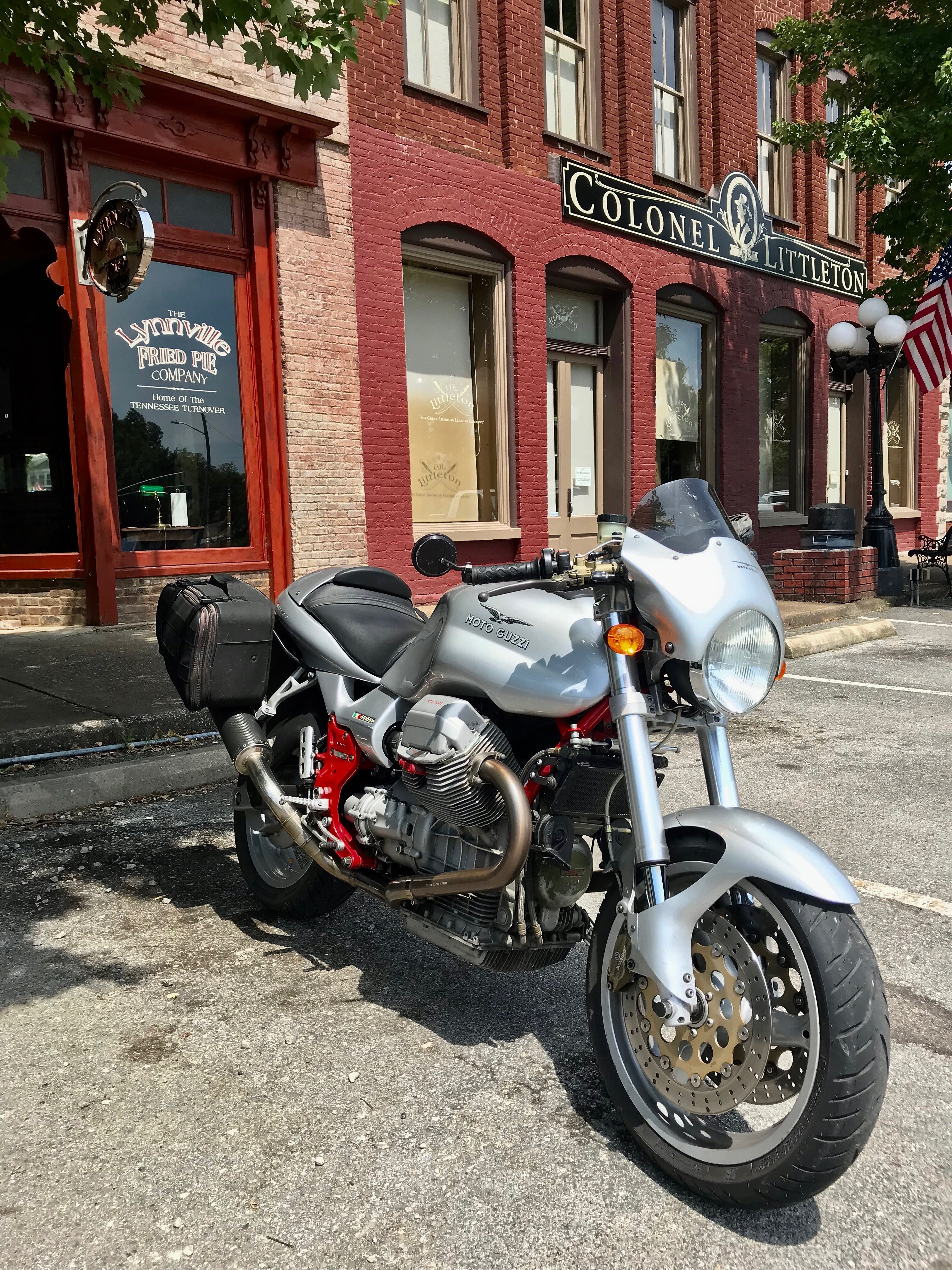-
Posts
20,492 -
Joined
-
Last visited
-
Days Won
1,188
Content Type
Profiles
Forums
Events
Gallery
Community Map
Everything posted by docc
-
I would like to have seen the factory airbox in the pile to "return it to original" . . . Chicks run off with these things all the time.
-
-
https://fredericksburg.craigslist.org/mcy/d/fredericksburg-2000-moto-guzzi-v11-sport/7877372121.html
-
Last of the two-valve Big Blocks. What's not to love . . .
-
I always have some favorites from Bill's SlideShow . . .
-
I love hearing these impressions between Guzzi platforms. Amazing how different they are while being so similar from a motor-chassis configuration. Is that 2007 Norge a two-valve motor?
-
Great to meet you, @Kevin_T! You must have gotten in close to a 1500 mile SpineRaid on your LeMans?
-
Very curious what these two might actually sell for, if y'all don't mind posting the outcomes . . .
-
Too cool! There was talk of north Georgia and T.W.o.Suches this weekend at the SSR. Thanks, @buellish1, for the post! Always great to hear from you! Web link to Two Wheels of Suches: https://twowheelsofsuches.com/
-
Honorable mention to this returning SpineRaider from most northern New York on his Moto Guzzonda . . .
-
Our PA brothers checked in, as did NC. Watching for VA and MI. The Michigan contingents came the distance, and one rode his LeMans . . .
-
Well, my GB500 is just an old bike. @LaGrasta's GB is something quite special: The one-and-only "CW600 " . . .
-
Other SpineRaiders showed an admirable determination, braved the elements, and returned with wet boots and appreciable stories of the day's riding . . .
-
Let's just say, "That's not exactly how the weather turned out." Some SpineRaiders kept their soft shoes on Saturday . . .
-

Blessing of the tie-downs
docc replied to Randy's topic in Special place for banter and conversation
As our late member Mikko, once told me, "You cannot have too much securement ." -
"Whip it! " "Whip it good!"
-
-
All-y'all Spine Raiders have fun this weekend! . . . "Welcome home, dear! Did you experience that surreal , uplifting, transcendental, existential experience on your ride ? " "Why, yes, darling, the ride was fun . . ." "Did you cheat death with your awareness and skillset, mastering the physical realm with intensity and purpose ?" "Yes, yes. Quite fun, actually."
-
I mean, hey, I'm after those G&P! And I would not put it past @Pressureangle to build his own tensioner . . .
-

1964 Redframe 299 miles
docc replied to PhillipLarsen's topic in Special place for banter and conversation
-

1964 Redframe 299 miles
docc replied to PhillipLarsen's topic in Special place for banter and conversation
Sometimes typos are just delightful. This one reminds me of that girl I dated in college . . . -
You built your own tensioner?
-
And then, what happened . . . What an amazing story. I cannot wait to hear this in person and chase this resurrected Sport across the Cherohala Skyway at next year's South'n Spine Raid XXII . . . @Gmc28, this is your formal (as it gets ) invitation. Bring Dave! You know: Get There. Bring Tools.
-
I'm thinking the tensioner showed up in the accompaniment boxes. Man, the finishes on your reardrive and gearbox look GREAT! What paint did you use for that?
-
What fun! Always reminds me of this one . . .







